Why can zeolite purify nuclear wastewater? Do you know what the use of zeolite in building materials is? How to get the best zeolite concentrate for you? Let us learn more about zeolite, a mineral with a porous structure.
What is zeolite?
Zeolite is a hydrous aluminum silicate mineral. Its name originates from the fascinating phenomenon it displays when heated, resembling bubbles or boiling.
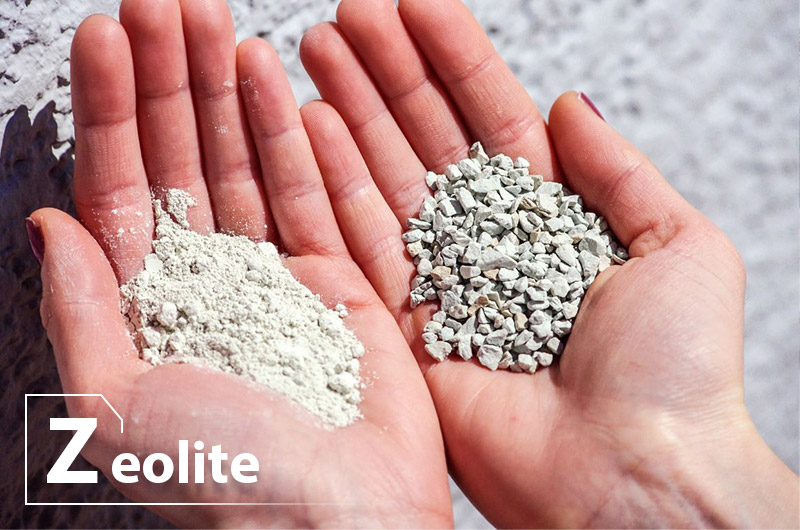
Zeolite is the general name for zeolite minerals. There are more than 40 kinds of natural zeolites known in the world, including sodium zeolite, chabazite, clinoptilolite, mordenite, etc., which are commonly found in volcanic rocks, sedimentary rocks, metamorphic rocks and hydrothermal deposits.
The following are the mineral properties of the most common clinoptilolite:
| Color | White, transparent, green to reddish |
| Crystal | Monoclinic |
| Hardness | 3.5-4 |
| Relative density | 2.1-2.2 |
| Luster | Vitreous |
| Associated minerals | Calcite, chalcedony, quartz |
| Properties | High degree of hydration, catalytic properties, cation exchange properties, adsorption of gases and vapors |
More than 500,000 tons of clinoptilolite was used on a large scale during the Chernobyl disaster to purify cesium and strontium from radioactive wastewater. In addition, after the Fukushima nuclear accident, zeolite also acted as an adsorbent for radioactive elements.
So, how to process zeolite?
How is zeolite mined and processed?
Natural zeolites are mostly found in open-pit mining sedimentary deposits and rarely appear in a pure state, so the raw zeolite ore needs to be beneficiated and purified.
The processing method is as follows with clinoptilolite as the main mineral and the associated minerals as montmorillonite, cristobalite, quartz, feldspar, a small amount of hematite and other impurities.
After mineral testing, the combined mineral separation method of magnetic separation-gravity separation-flotation was adopted.
-
 Crushing:
Crushing:
The raw clinoptilolite ore is sent to the jaw crusher through a vibrating feeder for primary crushing, and then the impact crusher crushes the particles to less than 15 mm.
-
 Grinding:
Grinding:
The bucket elevator can continuously transport the crushed ore to the grinding equipment to improve work efficiency. Use a Raymond mill to finely crush and grind the zeolite particles will help improve the subsequent magnetic separation effect. FTM Raymond Mill achieves a maximum output of 176 tons in 8 hours, with adjustable fineness ranging from 0.044 mm to 0.173 mm.
-
 Magnetic separation:
Magnetic separation:
Zeolite is a non-magnetic mineral. A magnetic separator can be used to separate magnetic substances such as hematite from non-magnetic clinoptilolite.
-
 Gravity separation:
Gravity separation:
Cristobalite, quartz, feldspar and zeolite have large differences in specific gravity, so a shaking table can be used to separate the minerals by gravity. The denser cristobalite and feldspar settle, and the less dense zeolite floats.
-
 Flotation:
Flotation:
Zeolite and montmorillonite have a small difference in specific gravity. By adjusting parameters such as chemical reagents and stirring speed in the suspension, a flotation machine is used to float zeolite and montmorillonite to varying degrees, thereby obtaining a zeolite concentrate with a purity of 90%.
-
 Calcination:
Calcination:
The zeolite concentrate is calcined at high temperature (400℃-800℃) using a rotary kiln to remove crystal water in the concentrate, improve the stability of the zeolite, and give it better ion exchange and molecular sieve properties.
Zeolite factory processing plant in Indonesia
There is a natural zeolite mine in Indonesia, whose main mineral composition is calcium mordenite (50%-55%), montmorillonite, quartz, and feldspar.
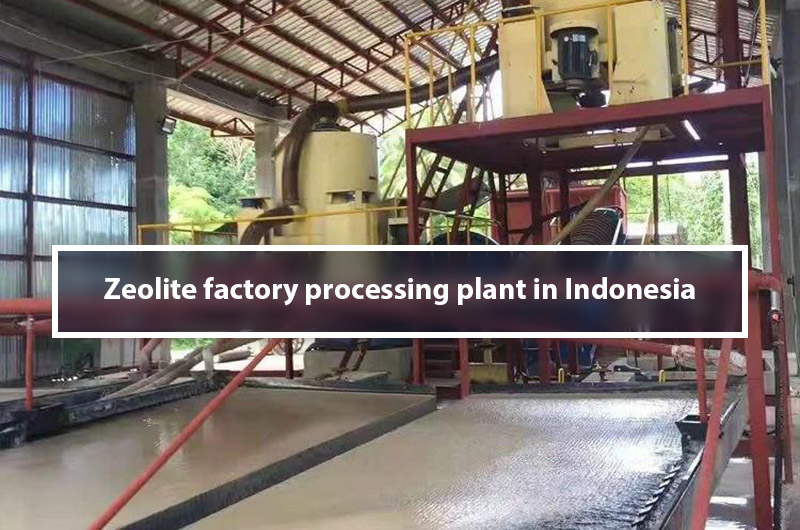
The beneficiation process is as follows:
The raw ore is ground and passed through a shaking table to remove gangue minerals such as quartz and feldspar. The minerals are further ground to 400 mesh and recovered using a flotation machine, resulting in an approximately 80% mordenite concentrate.
After mineral processing testing, it was finally determined to use the following equipment combination to obtain the best mineral processing results:
| Machine | Model | Quantity |
| Jaw crusher | HD86(69) | 1 |
| Hammer crusher | PCZ1308 | 1 |
| Raymond mill | 4525 | 1 |
| Shaking table | 6-S type | 2 |
| Flotation machine | SF-1.2 | 2 |
What is zeolite used for?
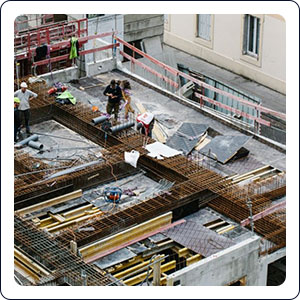
Green building materials: Zeolite exhibits a robust adsorption capacity for water, carbon dioxide, ammonia, and more under various conditions. Consequently, incorporating zeolite into building materials enables effective temperature and humidity control, methanol purification, mildew prevention, and bacteriostasis.
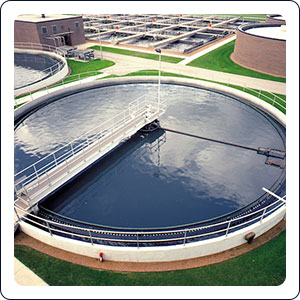
Wastewater treatment: Zeolite's good adsorption properties enable it to effectively treat toxic metals such as lead, silver, cadmium, zinc and other metals in industrial wastewater, thereby purifying water quality. It can also remove the radioactive elements cesium and strontium from contaminated water at nuclear power plants.

Feed additives: Adding zeolite powder to animal feed can improve the feed conversion rate and supplement the minerals needed for animal growth, thereby promoting growth rate and shortening breeding time.

Soil conditioner: The cation exchange ability of zeolite can stabilize ammonium and potassium in the soil, allowing plants to fully absorb nutrients. Its highly hydrating properties keep the soil active and beneficial for crop growth.

Chemical catalyst: Zeolite serves as a catalyst, converting harmful substances in vehicle exhaust into harmless ones, thereby reducing environmental pollution from emissions. Additionally, zeolites find extensive application in the chemical industry and other fields to enhance reaction efficiency, improve product purity, and facilitate chemical reactions.
FAQs
1. What is the difference between zeolite and vermiculite?

Zeolite and vermiculite are both composed of hydrated silicate minerals, and both have good adsorption capacity and ion exchange capacity, but their structures and uses are quite different:
- Structure: Zeolite has a porous structure, giving it a large specific surface area, while vermiculite has a flake or fibrous structure.
- Characteristics: Zeolites are widely used as adsorbents and catalysts, and vermiculite is more commonly used as a filler in building materials and as a soil conditioner.
2. How to use zeolite in fish pond?
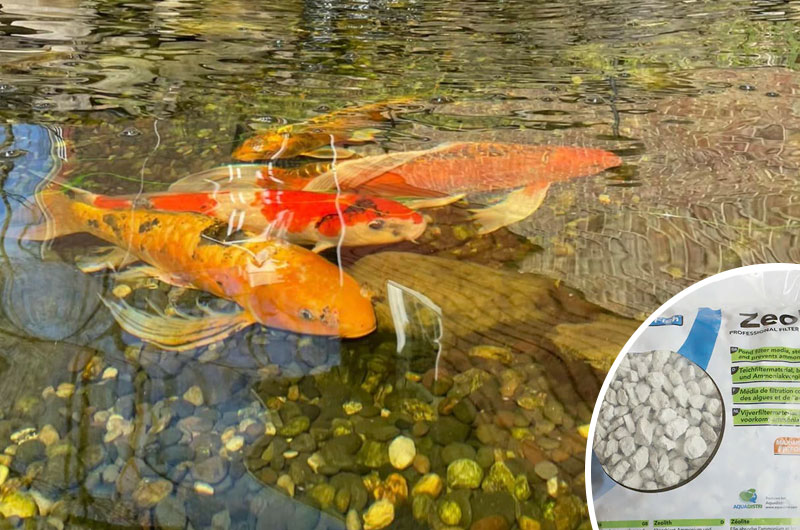
Just spread the crushed and ground zeolite particles around the pond, or put the zeolite into a mesh bag and soak it in the water. It will automatically remove ammonia, nitrate and other toxic gases in the water, break down the sludge, and effectively improve the water quality.

